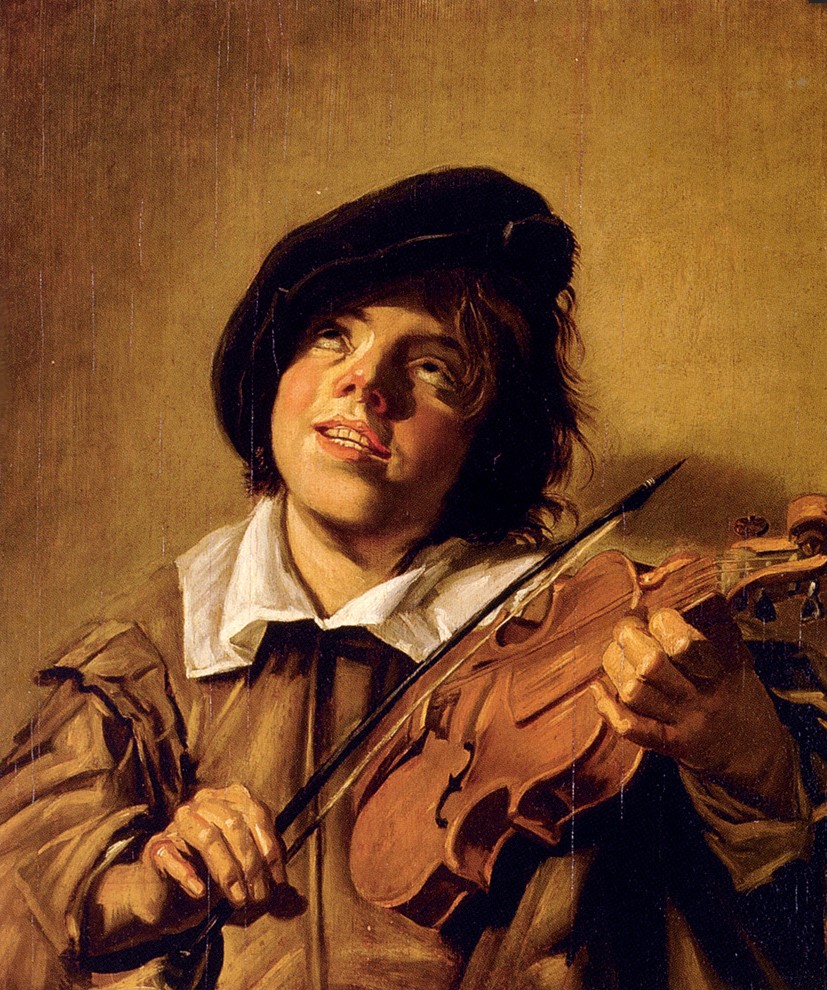We don’t know much about this Fugue for violin and basso continuo, catalogued as BWV 1026. It dates from Bach’s Weimar years, and it’s his earliest piece of chamber music that we know. Up until that time, Bach had composed organ and harpsichord music, as well as cantatas. In Weimar, he met two very influential violinists, Paul von Westhoff and Johann Georg Pisendel, who would expose him to violin playing of the highest order and provide him with compositional models to study and emulate.
The fugue requires double stops, broken chords and bariolage to represent the polyphony. In its technical difficulty, it gives us a glimpse of the technical standards that Bach was starting to adopt for the treatment of the violin throughout the rest of his compositional career.
